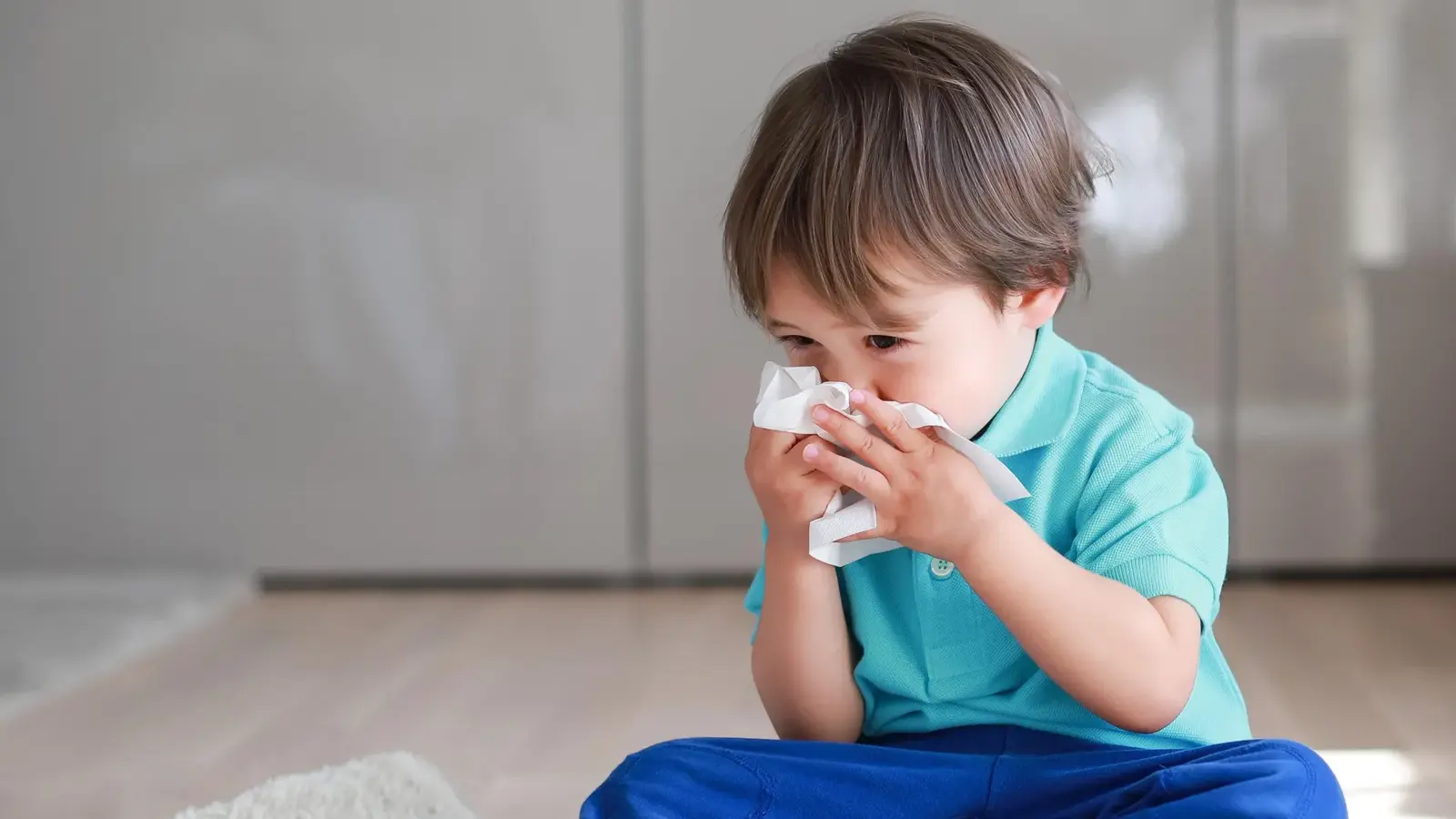5 Minutes
Recent colds may boost the immune system’s defenses, making it harder for COVID-19 to take hold, especially in children. Credit: Shutterstock
A multi-center study led by researchers at National Jewish Health reports that recent infection with the common cold—most often caused by rhinoviruses—can offer short-term protection against SARS-CoV-2, the virus responsible for COVID-19. Published in the Journal of Infectious Diseases, the analysis leverages data from the nationwide Human Epidemiology and Response to SARS-CoV-2 (HEROS) cohort to probe why children often experience milder or asymptomatic COVID-19 compared with adults.
Scientific background and study design
The HEROS study followed more than 4,100 participants across 1,394 households from May 2020 through February 2021, collecting thousands of self-administered nasal swabs. Researchers tested samples for SARS-CoV-2 and common respiratory viruses, including rhinovirus, and performed airway gene-expression analyses to measure antiviral signaling pathways.
Heterologous viral interference and interferon signaling
The phenomenon observed falls under heterologous viral interference: infection with one virus transiently alters the host environment and immune response in ways that can inhibit infection by another virus. Rhinoviruses are known to induce robust interferon responses in airway epithelial cells. Interferons are signaling proteins that activate antiviral defenses and upregulate interferon-stimulated genes (ISGs), which can reduce the susceptibility of cells to subsequent viral entry and replication.

Key findings
Researchers found that individuals, especially children, who had a recent rhinovirus infection were significantly less likely to acquire SARS-CoV-2 in the weeks that followed. Gene-expression profiling revealed that children exhibited higher baseline expression of interferon-related genes compared with adults, suggesting a pre-activated antiviral state in pediatric airways.
"Our findings suggest that the immune boost from a recent cold may give the body an early advantage in fighting SARS-CoV-2 before it has a chance to take hold," said Max Seibold, PhD, senior author and Director of the Regenerative Medicine and Genome Editing Program (REGEN) at National Jewish Health. The study builds on prior HEROS results showing children are six times less likely than adults to develop symptomatic COVID-19, implicating both age-dependent immunity and recent viral exposures in that protection.
"This doesn't mean people should intentionally try to catch a cold," said Camille Moore, PhD, lead author of the study. "But understanding how one virus can affect the body's response to another could help us develop new prevention strategies, especially for vulnerable populations."
Implications and future directions
These results illuminate mechanisms that could inform novel prophylactic or therapeutic approaches. For example, short-acting agents that mimic interferon signaling in the nasal mucosa might transiently enhance resistance to incoming respiratory viruses. Public-health modeling should also account for seasonal and population-level interactions between circulating respiratory viruses, which can alter epidemic dynamics of influenza, rhinovirus, and SARS-CoV-2.
However, heterologous viral interference is transient and context-dependent; benefits are not universal and may vary by virus strain, timing of infection, and host immune status. The authors caution against deliberate exposure to pathogens and emphasize the need for controlled clinical trials to evaluate any interferon-based preventive strategies.
Expert Insight
Dr. Elena Park, a pediatric infectious-disease specialist (fictional), comments: "This study helps explain clinical observations we've seen since 2020: children tend to experience milder COVID-19, and co-circulating respiratory viruses can influence transmission patterns. Translating these insights into safe, short-term prophylactic tools — for instance, topical interferon modulators — could protect high-risk groups during surges. But careful testing is essential because overstimulating interferon pathways can also cause inflammation."
Conclusion
The HEROS-derived analysis links recent rhinovirus infection and elevated interferon signaling with reduced short-term susceptibility to SARS-CoV-2, especially in children. While this heterologous viral interference offers compelling biological insight and potential paths for intervention, it is temporary and not a substitute for established COVID-19 prevention measures such as vaccination, masking in high-risk settings, and ventilation. Further research will be needed to determine whether targeted modulation of airway antiviral defenses can be developed into safe, effective interventions for vulnerable populations.
Source: sciencedaily


Leave a Comment